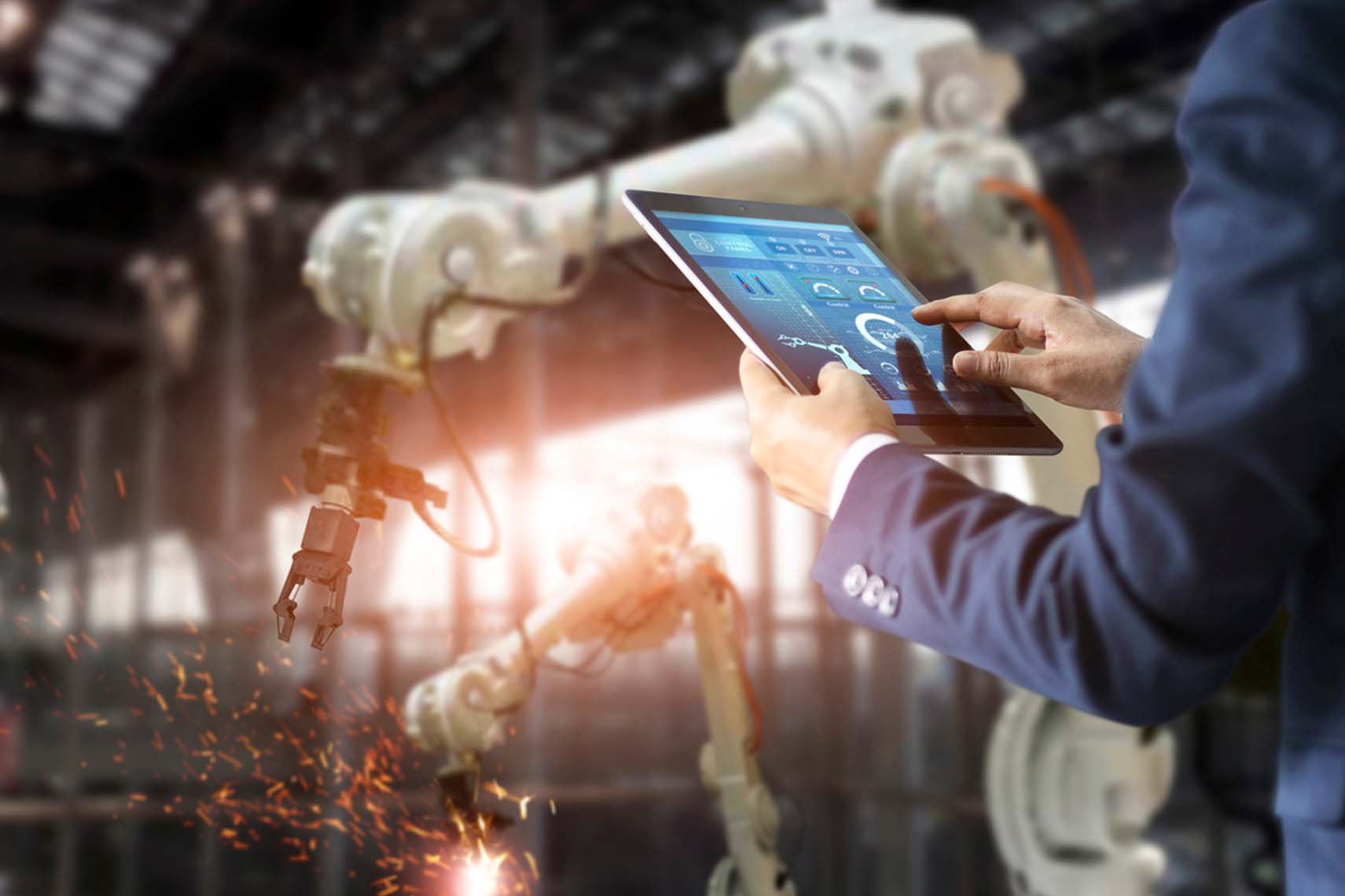September 15, 2022
Managing the Challenges and Returns of Intelligent Automation (IA)

Worldwide, organizations have accelerated the adoption of Intelligent Automation (IA) and business digitization to take on the global challenges presented by the Pandemic. From automated decision-making to the handling of prediction problems and tactical activities, Intelligent Automation is in use by institutions belonging to almost all industry verticals. The increased rate of adoption of IA has highlighted the risks and returns associated with new technologies.
The need of the hour is to understand the challenges of Intelligent Automation solutions and how they can be minimized to attain optimum efficiency and gains.
What is Intelligent Automation (IA)?
Intelligent Automation (IA) combines Artificial Intelligence (AI) with Robotic Process Automation (RPA), Advanced Analytics, Intelligent Character Recognition (ICR), Optical Character Recognition (OCR), process mining and other technologies for the development of business processes. IA-backed business processes can learn, think, perform and adapt independently.
The Risks of Intelligent Automation (IA) and Artificial Intelligence (AI)
In recent years, organizations are readily adopting AI-based decision-making tools and technologies to support their cost optimization strategies and growth. However, they often lack the tools, network frameworks, systems and infrastructure needed for the effective risk assessment and management of automation and AI.
The fragmented management of business process optimization, system development, IT operations, system controls and implementation, resilience and risk management has increased the need for more effective digital-risk-management programs. Additionally, the risks linked with a lack of transparency in the working of AI systems are making it difficult for organizations to enjoy the returns of automation in their entirety.
In the process, growth-oriented and AI -enabled organizations are facing the concerns of:
- Outdated and fragmented operating environments.
- Obsolete controls and operational complexities.
- Possibility of cascading errors.
- Increased scrutiny and charges by regulators.
- Issues in critical business services delivery to related ecosystems.
- New gaps in training data selection and model designs, leading to bias and errors.
- Critical cybersecurity risks like ‘data poisoning’ or model extraction.
- Difficulties in the analyses and extraction of insights from complicated data.
- Breaches in the rules of data privacy (in case of model development), etc.
Monitoring and Management of IA Challenges and Returns
To minimize these risks, organizations have to step up and adopt end-to-end change management processes. There is a strong and growing need for a changed approach to handle the situation. The new approach should encompass the alignment of IT and business models, management of employee culture, and the adoption of AI tools that can reduce the risks of automation technologies.
The returns and risks of Intelligent Automation technologies have to be managed consistently. We recommend the following steps for organizations to respond:
- A centralized center of excellence or governance initiative can be formed to ensure value and performance across all business processes with automation and AI – keeping all risk metrics in mind. Strong parameters and policies can be introduced to handle the concerns of development, testing, process design and maintenance.
- All existing and new IA solutions and controls can be identified with the help of analytics and technology. New controls and systems can be compiled and prioritized to fuel more opportunities and enterprise-wide business functions. The latest technologies can be used to develop built-in error handling capabilities, manual exception handling tools and smart alerts to announce process breakdowns.
- A standardized technology-integration framework can be developed to choose, build and integrate all possible automation and AI solutions. Digital proficiencies have to be curated to increase employee awareness about the returns of automation and speedy adoption. identify Potential use-cases are to be identfied to reduce the fear in employees and make organizations future-ready.
- Comprehensive routines can be used to test risks/vulnerabilities and optimize performance metrics, quality, sensitivity and explainability. Control frameworks can be redesigned across internal audit, risk management and most business processes for the timely testing and audit of IA processes.
- A robust, scalable and self-explanatory dashboard can be designed for real-time synthesis of automation challenges and benefits. The current change management models can be extended to escalate IT crisis management strategies and the accounting for bots. The incidents linked with the development and use of bots can also be monitored with the help of this dashboard.
Insights @ Xtrictech 3PL Intelligent Automation Services
Accurate monitoring of automation systems and AI tools requires issue-management procedures for the remediation of their limitations and reach. Proper checks have to be in place to escalate cases that are reporting a decline in efficiency across time. Xtrictech 3PL has the capabilities to enhance and redevelop such cases with the latest technology solutions for all industry verticals.

